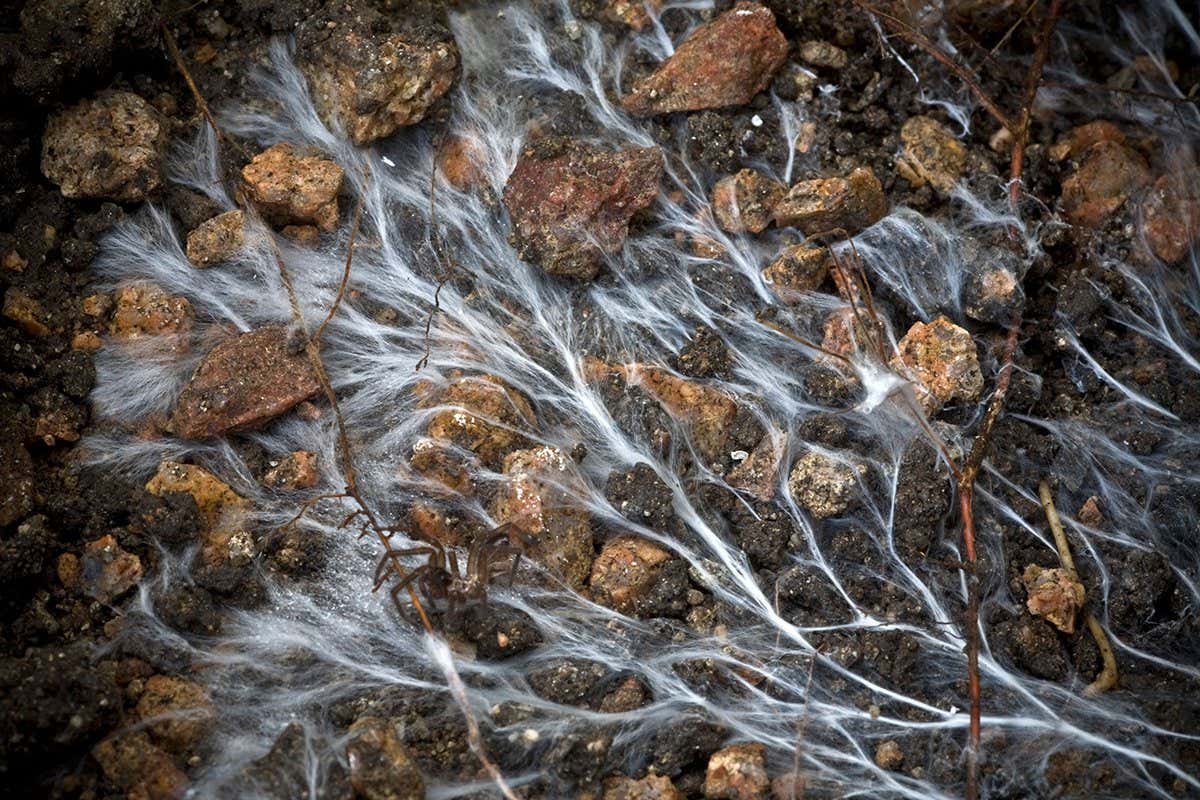Wild Fungi Enhance Soil Carbon Capture: A Breakthrough in Climate Change Mitigation
Climate change is a pressing global issue, and scientists are constantly searching for innovative solutions. A recent breakthrough highlights the remarkable potential of wild fungi in enhancing soil carbon capture, offering a natural and effective way to combat rising CO2 levels. This discovery could revolutionize our approach to carbon sequestration and climate change mitigation.
The Unsung Heroes of Carbon Sequestration: Mycorrhizal Fungi
Mycorrhizal fungi, a type of fungus that forms symbiotic relationships with plant roots, play a crucial role in the carbon cycle. These microscopic organisms act as a bridge between plants and the soil, facilitating nutrient exchange and significantly impacting soil health. But their impact extends far beyond simple nutrient transfer; recent research reveals their profound ability to enhance soil carbon capture.
-
Increased Carbon Storage: Mycorrhizal fungi create extensive networks of hyphae (thread-like structures) within the soil. These networks trap and stabilize carbon, preventing its release back into the atmosphere. Studies have shown that soils with abundant mycorrhizal fungi can store significantly more carbon than soils lacking this fungal network.
-
Improved Soil Structure: The fungal hyphae bind soil particles together, creating a more stable and porous soil structure. This improved structure enhances water infiltration and reduces erosion, both of which are crucial for maintaining healthy ecosystems and maximizing carbon storage.
-
Enhanced Plant Growth: The symbiotic relationship between mycorrhizal fungi and plants leads to improved plant growth and productivity. Healthier plants, in turn, contribute to greater carbon sequestration through increased photosynthesis.
Harnessing the Power of Wild Fungi for Climate Action
The potential of wild fungi in climate change mitigation is immense. However, simply relying on natural processes might not be sufficient to achieve the scale of carbon sequestration needed to address climate change effectively. Researchers are exploring several avenues to leverage the power of these fungi:
-
Sustainable Land Management Practices: Promoting practices like no-till farming, cover cropping, and reduced tillage can enhance the growth and activity of mycorrhizal fungi in agricultural soils. These practices minimize soil disturbance, preserving the delicate fungal networks and maximizing carbon storage.
-
Fungal Inoculation: Introducing specific strains of mycorrhizal fungi into soils could further boost carbon sequestration. This approach requires careful selection of fungal species suitable for different soil types and environmental conditions. Research is ongoing to identify the most effective strains for various ecosystems.
-
Protecting Biodiversity: Maintaining biodiversity in natural ecosystems is essential for sustaining healthy populations of mycorrhizal fungi. Protecting forests and other natural habitats is crucial for maximizing the natural carbon sequestration potential of these organisms.
The Future of Carbon Sequestration: A Mycorrhizal Revolution?
The discovery of the significant role of wild fungi in enhancing soil carbon capture opens up exciting new possibilities for climate change mitigation. While further research is needed to fully understand the mechanisms and optimize the application of this knowledge, the potential benefits are undeniable. By harnessing the power of nature, specifically the remarkable capabilities of mycorrhizal fungi, we can contribute to a more sustainable and carbon-neutral future.
This research underlines the importance of investing in research on soil biodiversity and exploring nature-based solutions for climate change. Protecting and promoting healthy soil ecosystems is not only crucial for food security but also for mitigating the impacts of climate change. Further exploration into the intricacies of the fungal-plant-soil interaction promises to unlock even greater potential for carbon sequestration and a healthier planet. Let's harness this natural power for a greener tomorrow!

